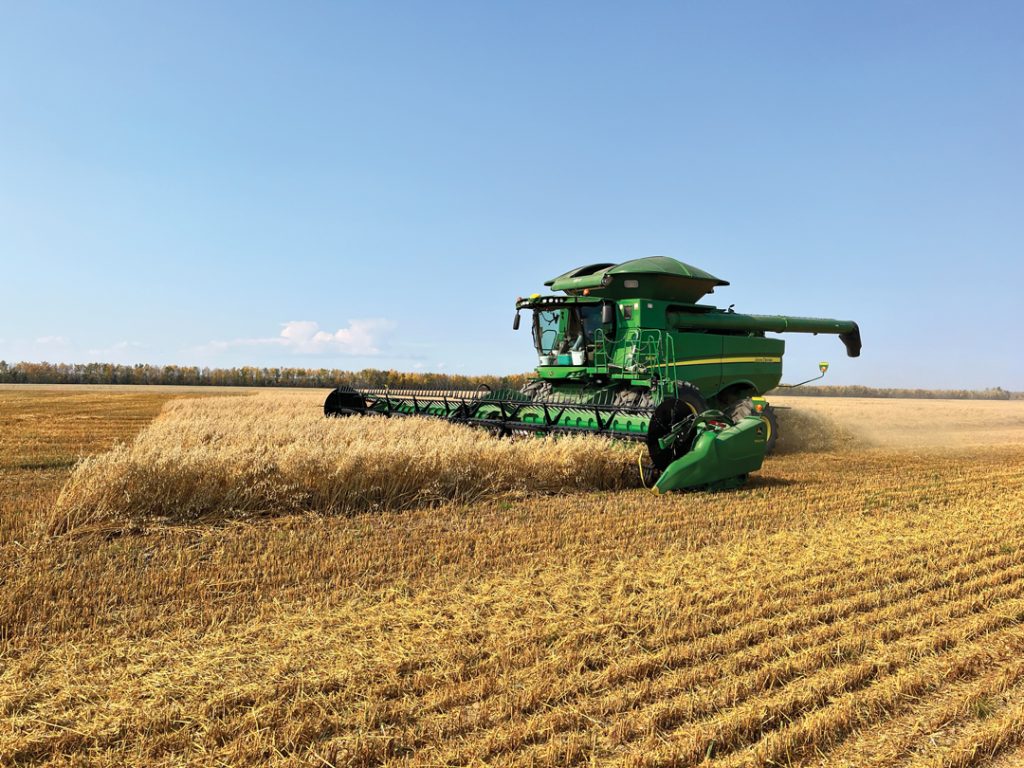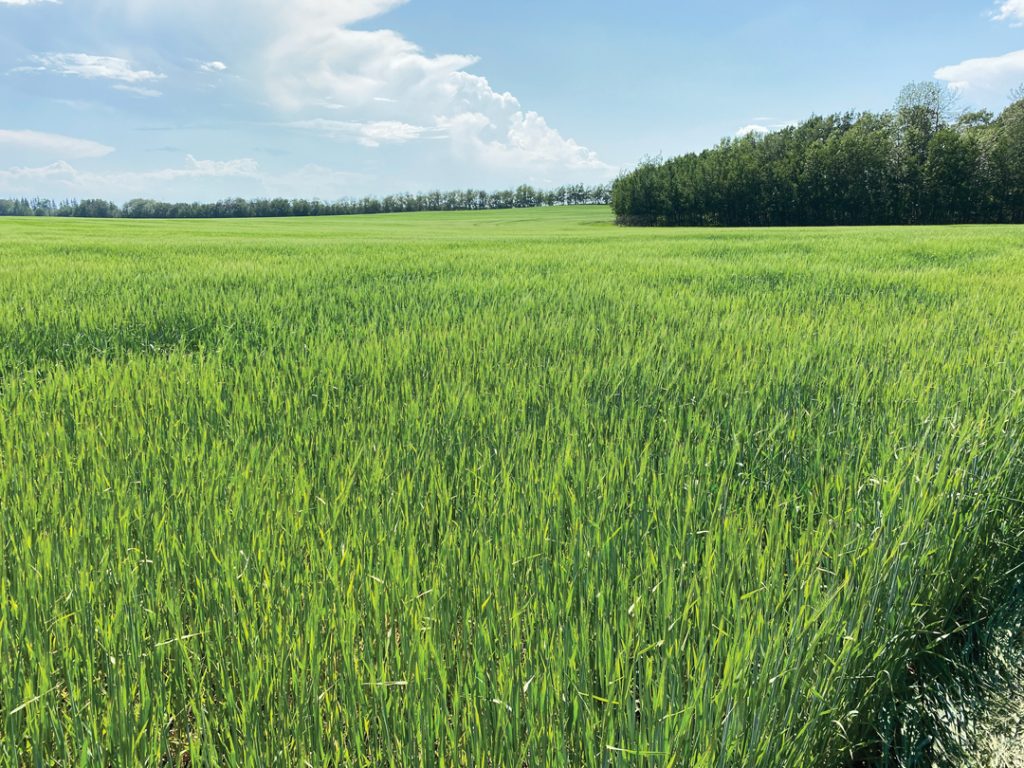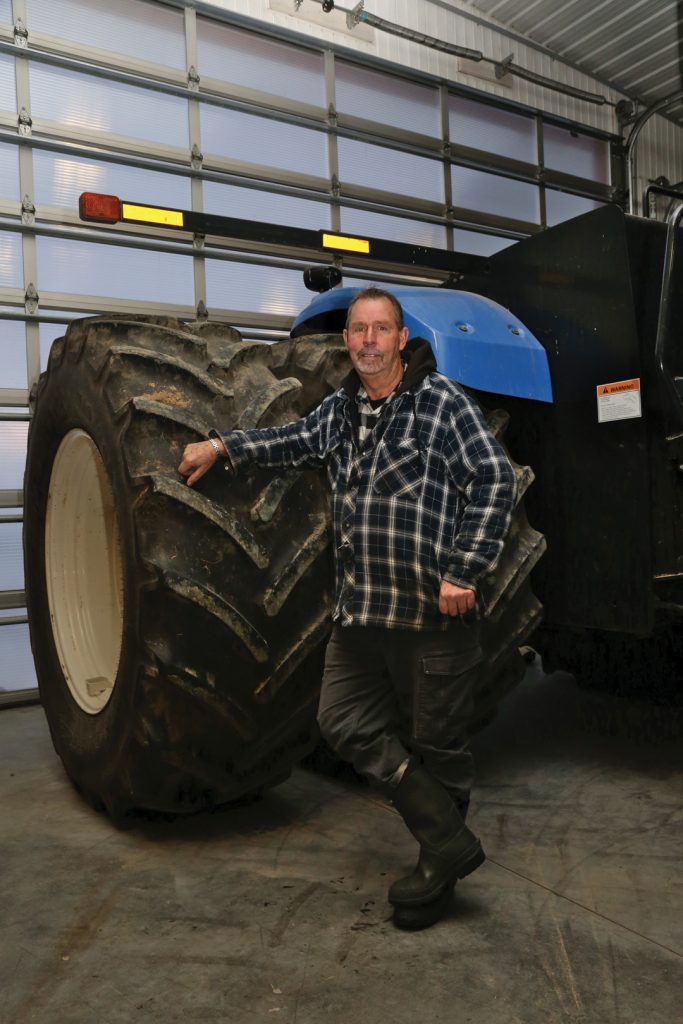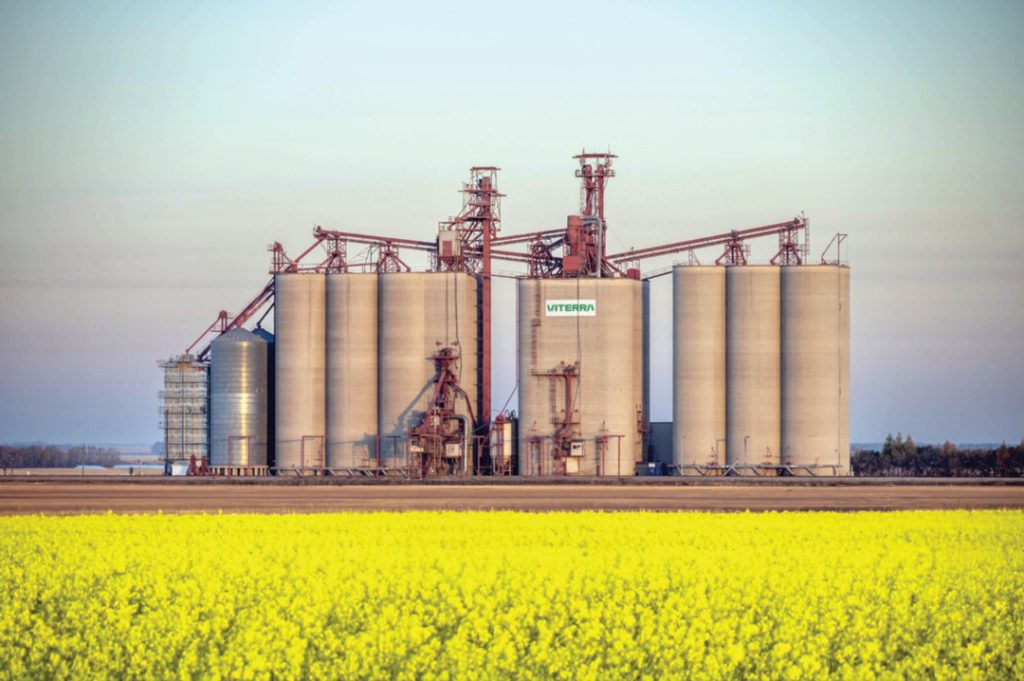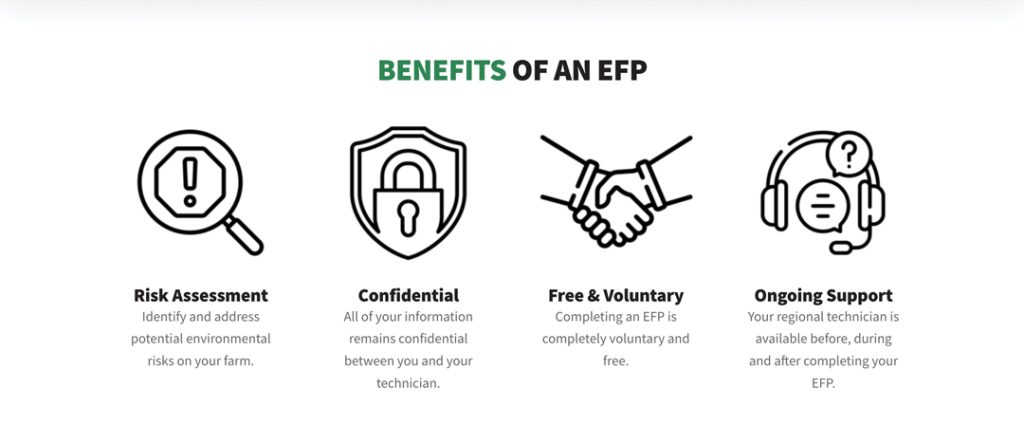As consumer demand for organic cereals grows, so does the draw for farmers to serve this specialized market with its premium prices. GrainsWest spoke with organic farmers who said this premium is typically 1.5 to two times greater than conventional pricing. The rising cost of conventional inputs and farmland make it an attractive option for those who want to grow a highly profitable crop while they carry less overhead. But it’s not a one-size-fits-all approach. This non-conventional sector requires strategic farm management on an individual level and, more broadly, the support of continued research and innovation to drive it forward.







